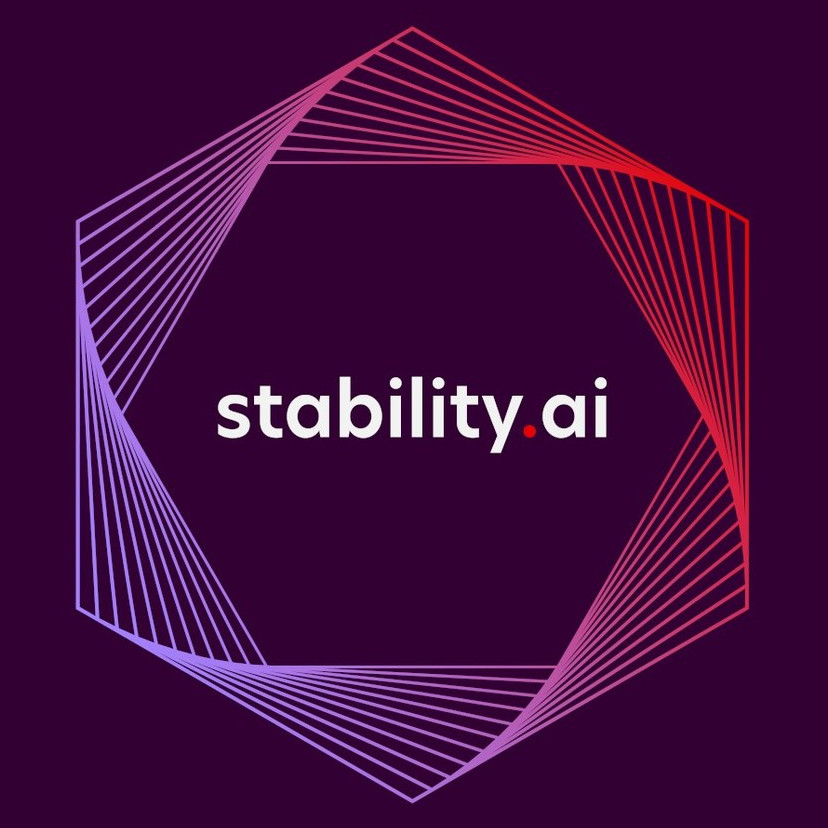

I said it was a neural network.
You said it wasn’t.
I asked you for a link.
You told me to do your homework for you.
I did your homework. Your homework says it’s a neural network. I suggest you read it, since I took the time to find it for you.
Anyone who knows the first thing about neural networks knows that, yes, artificial neurons are simulated with matrix multiplications, why is why people use GPUs to do them. The simulations are not down to the molecule becuase they don’t need to be. The individual neurons are relatively simple math, but when you get into billions of something, you don’t need extreme complexity for new properties to emerge (in fact, the whole idea of emergent properties is that they arise from collections of simple things, like the rules of the Game of Life, for instance, which are far simpler than simulated neurons). Nothing about this makes me wrong about what I’m talking about for the purposes of copyright. Neural networks store concepts. They don’t archive copies of data.



Any vegan with half a brain knows that you need more than just fruit to be healthy. Assuming her death by infection is a result of her diet (which is possible, but we don’t know that), she died of being an idiot, not a vegan.